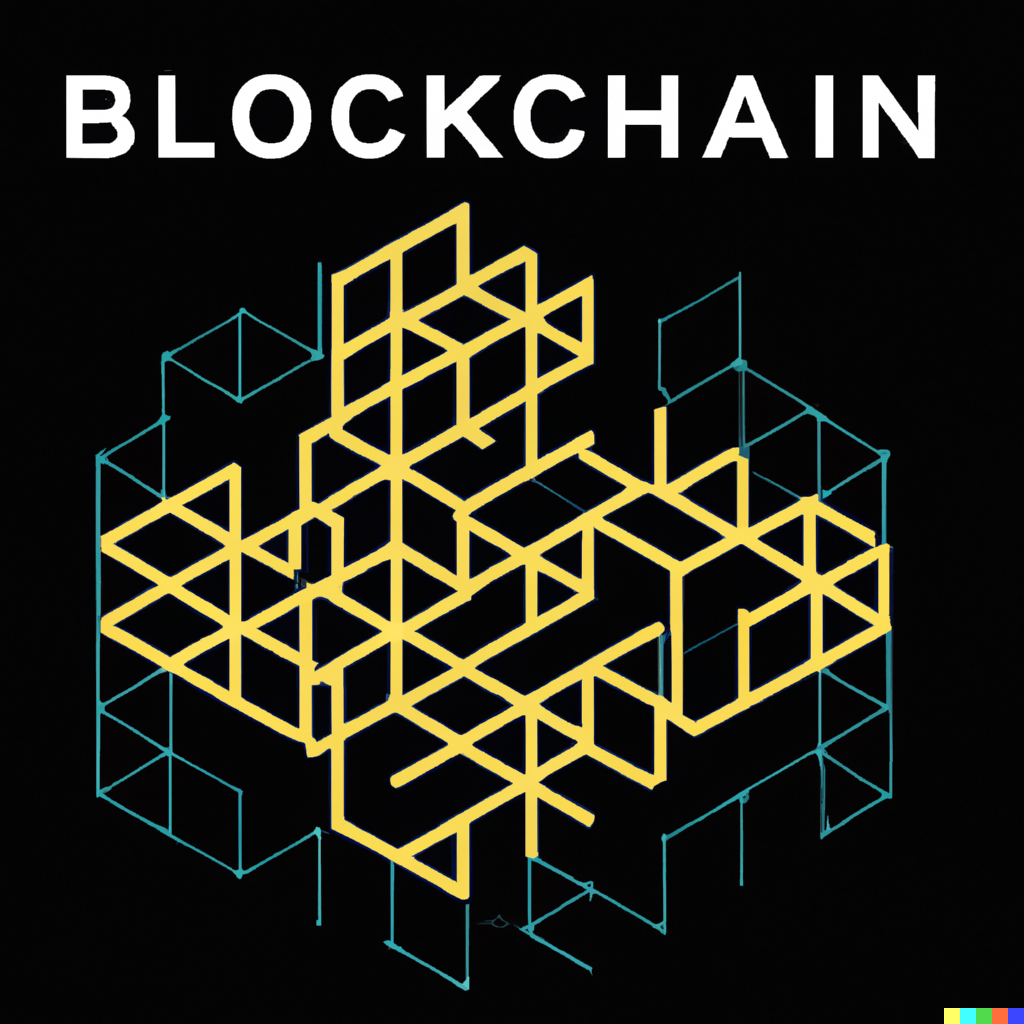Blockchain technology…has the potential to transform the way we interact…
Blockchain technology is a revolutionary concept that has taken the world by storm in recent years. It has the potential to transform the way we interact with data and conduct transactions, making them more secure, transparent, and decentralized.
At its core, blockchain is a digital ledger that records transactions in a decentralized and immutable manner. The ledger consists of a series of blocks, each of which contains a record of transactions. These blocks are linked together in chronological order, creating a chain of blocks, hence the name blockchain.
One of the key benefits of blockchain is its security. The decentralized nature of the technology means that there is no central point of control or failure, making it extremely difficult for hackers to tamper with the data stored on the blockchain. Additionally, the use of cryptographic algorithms ensures that data is encrypted and secure.
Another important aspect of blockchain technology is its transparency. Since all transactions are recorded on the blockchain, anyone can view them, making it an ideal solution for industries such as finance and supply chain management. This transparency also means that transactions can be easily audited, reducing the risk of fraud and corruption.
One of the most well-known applications of blockchain technology is in the form of cryptocurrencies, such as Bitcoin and Ethereum. These digital currencies use blockchain as a means of recording transactions and maintaining a decentralized ledger. They have gained widespread popularity due to their potential to disrupt traditional financial systems and offer greater security and transparency.
Beyond cryptocurrencies, blockchain technology has a wide range of potential applications in various industries. For example, it can be used to create smart contracts, which are self-executing contracts that automatically enforce the terms of an agreement. It can also be used to create decentralized applications, or DApps, which are applications that run on a blockchain network and are not controlled by any central authority.
Despite its many benefits, blockchain technology is not without its challenges. One of the biggest challenges is scalability, as the current infrastructure of most blockchain networks is not capable of handling large volumes of transactions. Additionally, there is a lack of standardization in the industry, which can lead to fragmentation and interoperability issues.
In conclusion, blockchain technology has the potential to transform the way we interact with data and conduct transactions. Its security, transparency, and decentralization make it an ideal solution for a wide range of industries, from finance to supply chain management. While there are still challenges to overcome, the future looks bright for this groundbreaking technology.



